 Vaca Toposa
Vaca Toposa
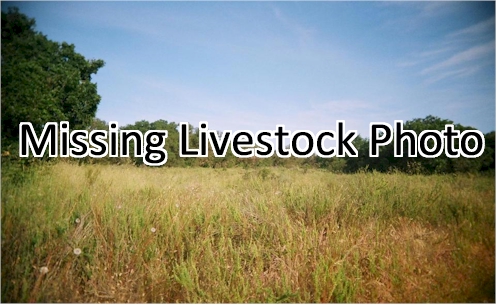 Roaming the arid expanses of Africa, the Vaca Toposa stands as a testament to resilience and adaptability, embodying the indomitable spirit of livestock bred to thrive in the harshest of environments. Revered for their hardiness and majestic presence, these magnificent creatures have mastered the art of survival in the unforgiving terrain of their native habitat.
Roaming the arid expanses of Africa, the Vaca Toposa stands as a testament to resilience and adaptability, embodying the indomitable spirit of livestock bred to thrive in the harshest of environments. Revered for their hardiness and majestic presence, these magnificent creatures have mastered the art of survival in the unforgiving terrain of their native habitat.Medium-sized with a sturdy build, Vaca Toposa are formidable figures in the African landscape, their distinctive hump serving as a symbol of endurance in the face of adversity. Their tan coats, blending seamlessly with the earthy tones of their surroundings, provide them with effective camouflage as they navigate the rugged terrain with grace and agility.
But ...

 Valle d'Aosta
Valle d'Aosta

The Valle d''Aosta cattle breed is an autochthonous breed native to the Valle d''Aosta region of Italy, where approximately 85% of all heads are bred. This breed is valued for its dual-purpose nature, being suitable for both milk and meat production. Despite their relatively small size, averaging around 500 kilograms alive, Valle d''Aosta cattle exhibit remarkable frugality and provide quite good milk production, along with excellent meat production and butchery yield.
Breed Varieties
There are three distinct varieties of Valle d''Aosta cattle, each characterized by unique morphological characteristics, coat coloration, milk and meat production, and temperament. These varieties include the Valdostana Pezzate Rossa, Va
...

 Vaynol
Vaynol
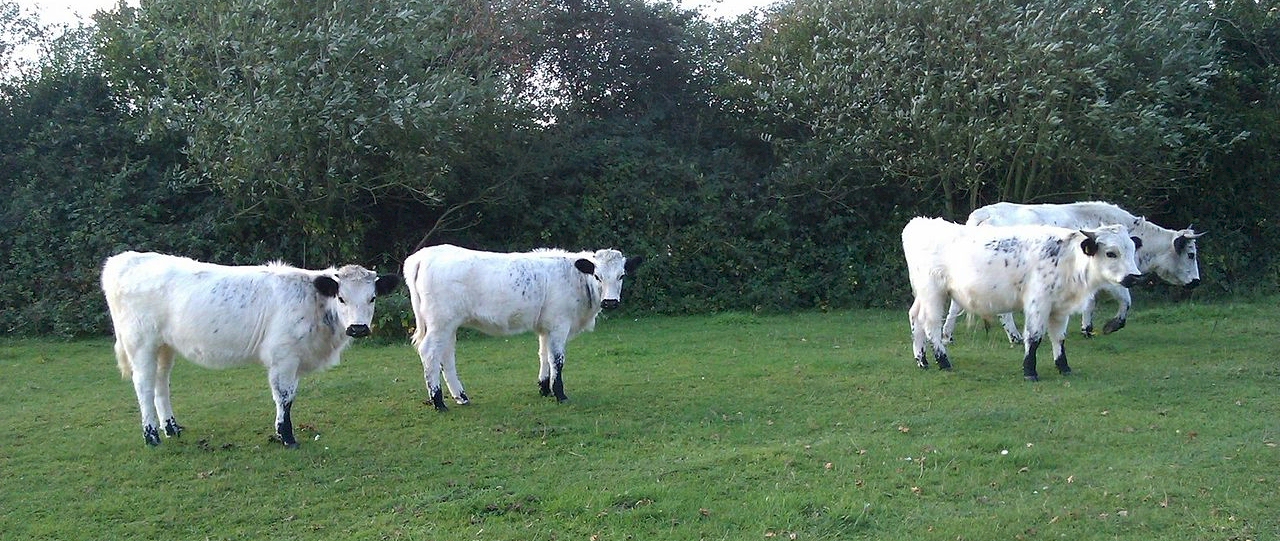 The Vaynol (Welsh: Faenol) is one of the United Kingdom''s rarest breeds of cattle with less than 150 breeding animals registered. The breed is currently listed as “critical” on the Rare Breed Survival Trust list. There are currently three officially registered herds of Vaynol cattle existing in the United Kingdom. Together with the Chillingham and White Park cattle, the Vaynol is one of three horned breeds derived from ancient white parkland herds from Britain and Ireland. These park cattle were also the basis of a similar fourth breed, the polled British White.
The Vaynol (Welsh: Faenol) is one of the United Kingdom''s rarest breeds of cattle with less than 150 breeding animals registered. The breed is currently listed as “critical” on the Rare Breed Survival Trust list. There are currently three officially registered herds of Vaynol cattle existing in the United Kingdom. Together with the Chillingham and White Park cattle, the Vaynol is one of three horned breeds derived from ancient white parkland herds from Britain and Ireland. These park cattle were also the basis of a similar fourth breed, the polled British White.
This endangered breed is very similar to White Park cattle. Vaynol cattle are angular in appearance with curved hocks and a sloping rump. They can be white with black po ...

 Vechoor
Vechoor
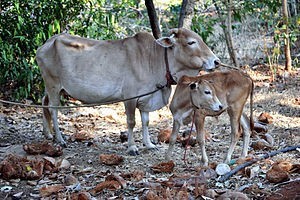 The Vechoor cattle are a hardy breed that are well adapted to their native environment in the tropical regions of India. They are primarily found in the state of Kerala, where they are used for ploughing and transportation, as well as for dairy production. These cattle are characterized by their small size and distinctive hump on their back.
The Vechoor cattle are a hardy breed that are well adapted to their native environment in the tropical regions of India. They are primarily found in the state of Kerala, where they are used for ploughing and transportation, as well as for dairy production. These cattle are characterized by their small size and distinctive hump on their back.
Vechoor cattle have a compact and muscular body, with a broad forehead and large nostrils. They come in a variety of colors, including black, red, white, and speckled. They are well known for their ability to resist disease and parasites, making them a popular choice for farmers in tropical regions.
One of the unique characteristics of the Vechoor breed is their ability to efficien ...

 Vianesa
Vianesa
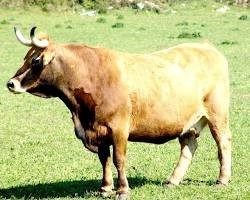 The Vianesa cattle is a hardy and adaptable breed of cattle that originates from the region of Navarra, in northern Spain. They are known for their ability to thrive in difficult climates and their ability to produce high-quality meat.
The Vianesa cattle is a hardy and adaptable breed of cattle that originates from the region of Navarra, in northern Spain. They are known for their ability to thrive in difficult climates and their ability to produce high-quality meat.
Vianesa cattle are medium-sized animals with a distinctive appearance, including a red or brown coat and long, curved horns. They are known for their good health and hardiness, as well as their ability to produce high-quality meat in a variety of climates.
In addition to their meat-production capabilities, Vianesa cattle are also known for their hardiness and adaptability. They are able to thrive in a variety of climates, from hot and dry to cold and wet, and are able to forage for food ...

 Vorderwald
Vorderwald
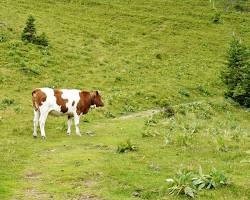 Out in the rugged expanse of the Black Forest in Germany, amidst the whispering pines and rolling hills, roams a breed of cattle as sturdy and steadfast as the ancient oaks that dot the landscape – the Vorderwald cattle, also known as Vorderwälder Rind. With a history as rich and enduring as the very mountains they call home, these dual-purpose beasts are raised for both their hearty meat and wholesome milk.
Out in the rugged expanse of the Black Forest in Germany, amidst the whispering pines and rolling hills, roams a breed of cattle as sturdy and steadfast as the ancient oaks that dot the landscape – the Vorderwald cattle, also known as Vorderwälder Rind. With a history as rich and enduring as the very mountains they call home, these dual-purpose beasts are raised for both their hearty meat and wholesome milk.Hardy and resilient, Vorderwald cattle are the embodiment of rugged adaptability, thriving amidst the rough mountain conditions that define their Black Forest domain. Much like their kin, the Hinterwald cattle breed, they have weathered the test of time, their roots tracing back to the misty annals of history.
The ...

 Vosges
Vosges
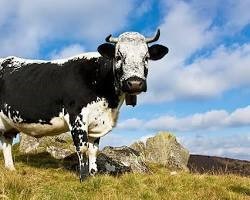 In the rugged folds of the Vosges region of France, where the whispering winds carry tales of centuries past, there roams a breed of cattle as resilient and enduring as the very mountains that cradle them – the Vosges cattle. With a lineage as old as the land itself, these hardy creatures are the epitome of strength and adaptability, perfectly suited to the mountainous and hilly terrain that defines their homeland.
In the rugged folds of the Vosges region of France, where the whispering winds carry tales of centuries past, there roams a breed of cattle as resilient and enduring as the very mountains that cradle them – the Vosges cattle. With a lineage as old as the land itself, these hardy creatures are the epitome of strength and adaptability, perfectly suited to the mountainous and hilly terrain that defines their homeland.
Primarily raised for their succulent meat, Vosges cattle are renowned for the unparalleled quality of their yields, a testament to the rich pastures and pristine waters that sustain them. But their value extends beyond the dinner table – in some areas, they are prized for their prowess in dairy production, their milk a ...
